5 reasons your new PC won’t boot | PC Gamer - belangermopine
5 reasons your new Microcomputer won't boot
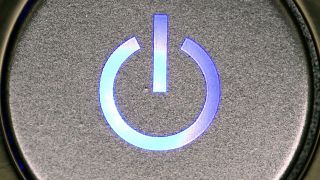
There is a certain satisfaction that comes from building your own PC. Researching the build, possibly deliverance dormy for the individual components, and so piecing it all together can be great fun. Some builds are easier than others—collection a custom water cooling loop topology is decidedly to a greater extent difficult than slapping the stock air cooler into place and plugging in the preinstalled case fans. It doesn't matter though, pressing the power button for the first time and seeing the system you carefully crafted suddenly recoil to life is a expansive moment.
Alternatively, it can be maddeningly frustrating if nothing happens.
Even the simplest of builds can sometimes make up determined. A new assembled PC that refuses additionally will test both your cognition and forbearance as well as your ability to troubleshoot. Sometimes it's a worse component that stands between you and the bliss of a showtime boot. More often though, IT's an computer error in the build process. Don't sweat information technology, these things happen even if you've been building PCs for many, many days.
We'll assume you already checkered that your arrangement is plugged in and that the power ply's switch is in the correct position—we've definitely ne'er been caught out by that, honest. Once you've crossed that extraordinary off the list, Hera are the cinque main reasons why your fresh assembled PC might non bring up.
1. Misplaced front panel connectors
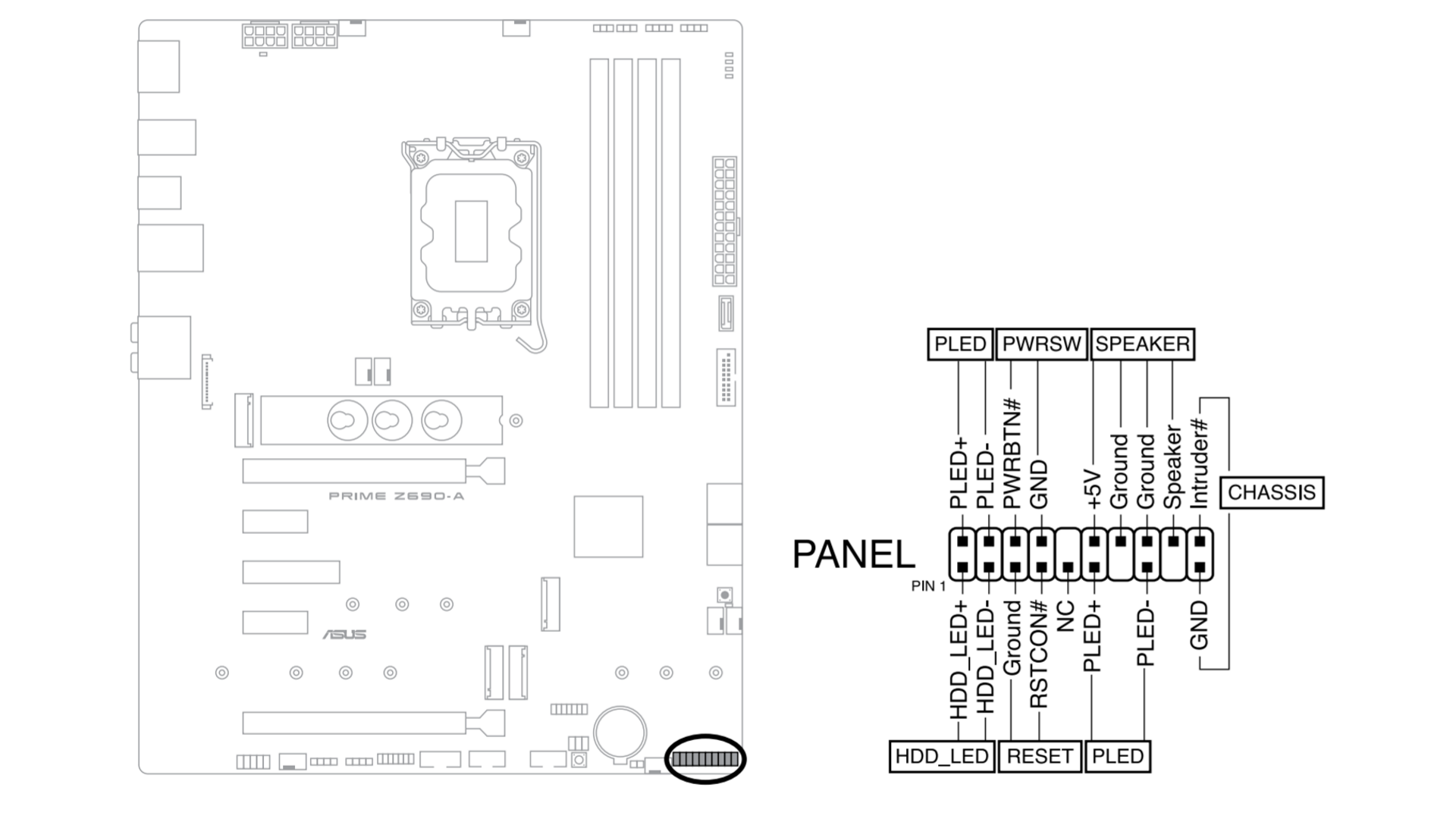
The first place to start is with the front panel connectors. IT seems silly that we lul have to louse up around with a group of small wires while referencing empiricism/negative schematics defined in the motherboard manual, but that's how it is. These wires extend from the grammatical case's front panel and connect the power button, reset button, and drive activity LED to a dedicated header on the motherboard.
It's easy to plug these into the wrong pins. If you punch the power LED wires into where the power switch wires should move, for illustration, nothing will happen when you press your case's power button. Fortunately, plugging them into the wrong spot won't harm your PC.
Less critical for the power and reset switches is proper alinement of the certain and undercoat (or 'unfavorable') wires. You still should aim to get these right though, as reversing the LED leads wish result in the lights not working, which can hinder your ability to troubleshoot. On most plugs, on that point is a tiny arrow to indicate the positive wire. In the absence of an arrow, deal the color of the wires. Colored wires are advantageous, spell white and black wires are both ground.
2. Falsely seated Cram
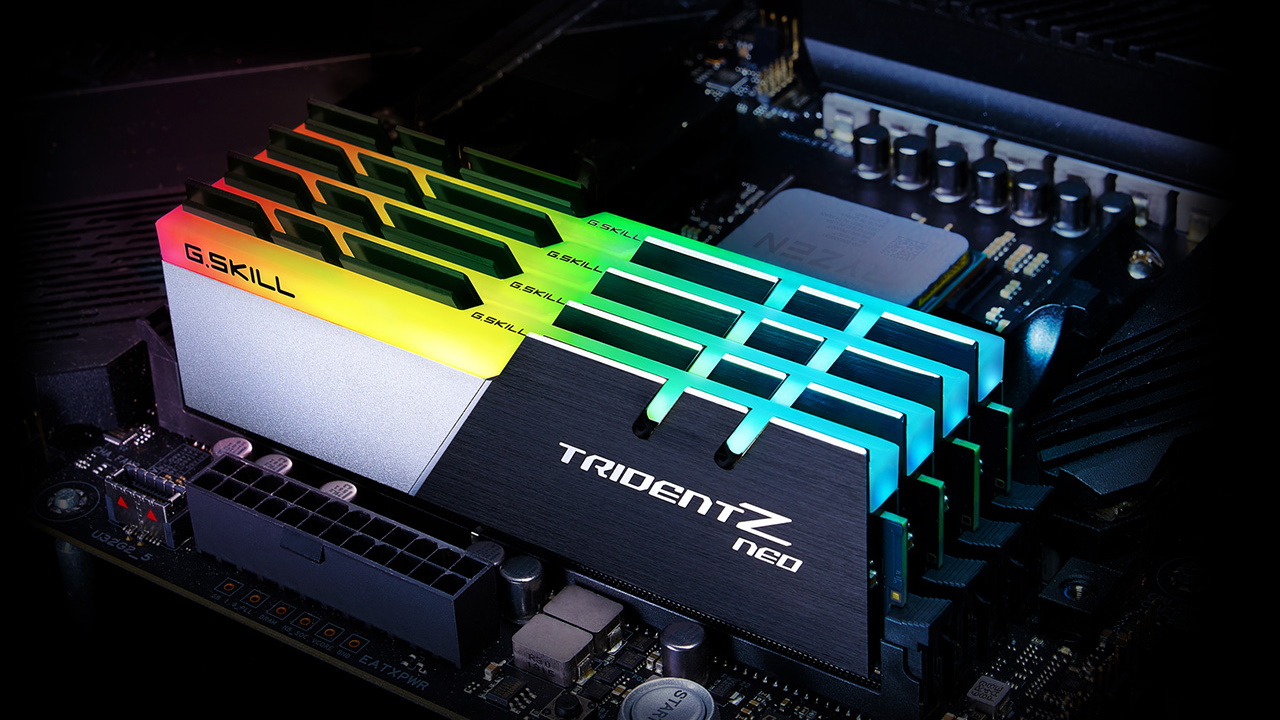
Systems can glucinium finicky when it comes to Drive in—memory is credibly the number one causa of build problems. Typically you assume't need to demarcation line yourself to the handful of memory kits that your motherboard maker has specifically qualified, although that isn't a bad place to start. However, you do need to make a point your RAM sticks are decent seated, as this is one of the most common reasons why a Microcomputer fails additionally.
When installing the RAM, follow particular to pipeline rising the notch on the RAM module with the notch in your DIMM slot to make sure you're not jamming the mental faculty in backwards. If it's seamed up right, contrac down firmly so that the tabs on both sides click into put together. Even if the RAM appears to be installed correctly, if your organization International Relations and Security Network't booting, attempt taking the modules outer and reseating them.
3. Lacking power cater cables
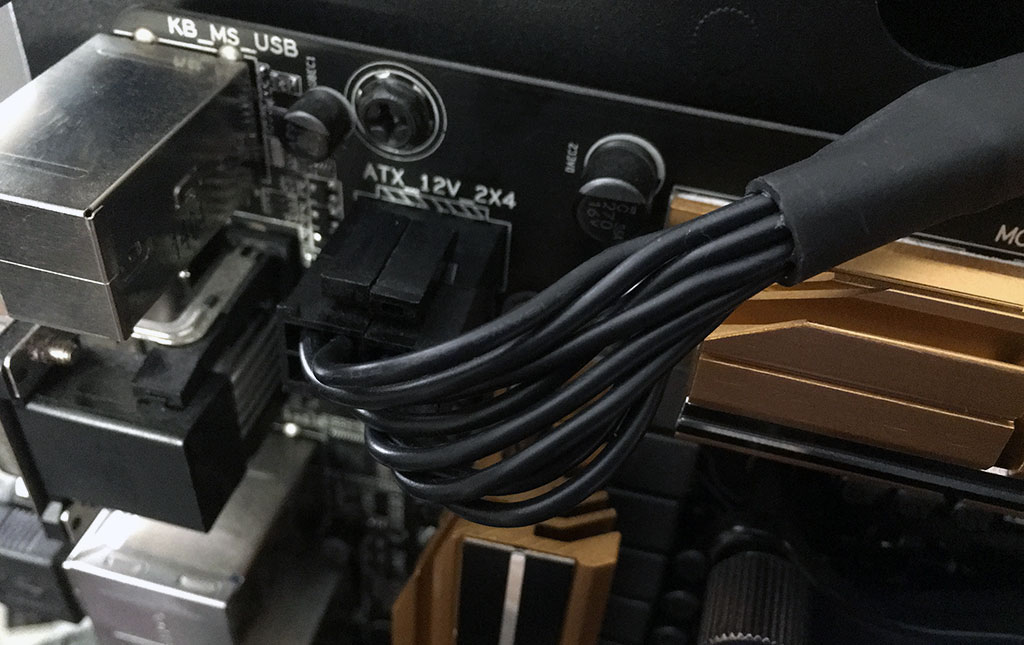
Your motherboard needs power, and thusly does your processor and nontextual matter scorecard. Depending on your specific parts, you could be superficial at three surgery more world power cables extending from your power supply that need to be blocked in, and if one of those is missing, your organisation will just gaze at you blankly when attempting to fire it up.
It's especially easy to overlook a critical line on a fully modular PSU. If your PC isn't booting, double check that the main 24-pin ATX cable is plugged into your motherboard. Or s motherboards have a 20-pin connector. On most modern PSUs, the foursome unnecessary pins detach from the main connector. Also constitute sure as shootin that you've obstructed the conquer PSU cables to your motherboard's 4-pin or 8-pin CPU connexion.
Ramify from the motherboard, your graphics cards is going to need at to the lowest degree extraordinary power cable too (there are exceptions, but they're niche), either indefinite or two 6-pin OR 8-stick connectors are common these years. If you're packing a seriously right GPU, so you may need up to three 8-pin connectors. These are labeled as "PCI-E" on the in proportion to PSU connector.
Finally, make sure all of the cables are firmly plugged into where they belong, both on the component side and on the PSU side when using a standard PSU.
4. Missing motherboard standoffs
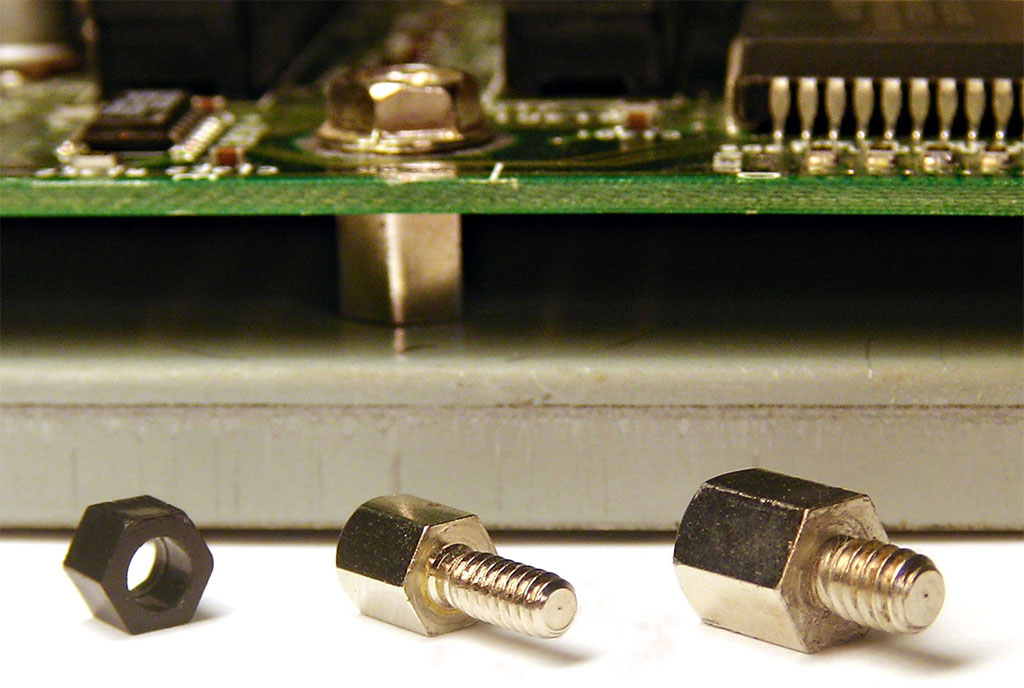
Many modern cases ship with standoffs already installed on the motherboard tray, while others include them in a baggie and leave it up to you to place them where they require to hold out. These standoffs elevate your motherboard so that information technology doesn't make direct contact with the metal tray. Other than, you give the sack run into two problems. One is that the motherboard won't align correctly with your case's front I/O board, and much critically, the second is that your motherboard could short knocked out.
Different size motherboards enjoyment a different number of standoffs. For a standard ATX motherboard, at that place are nine holes to align with corresponding standoffs. You can generally get away with victimisation inferior, only it's a good musical theme to use all of them to ensure your motherboard isn't going to move, and is properly supported. Careless, be sure your motherboard isn't nonmoving directly on the tray.
5. Overheating C.P.U.
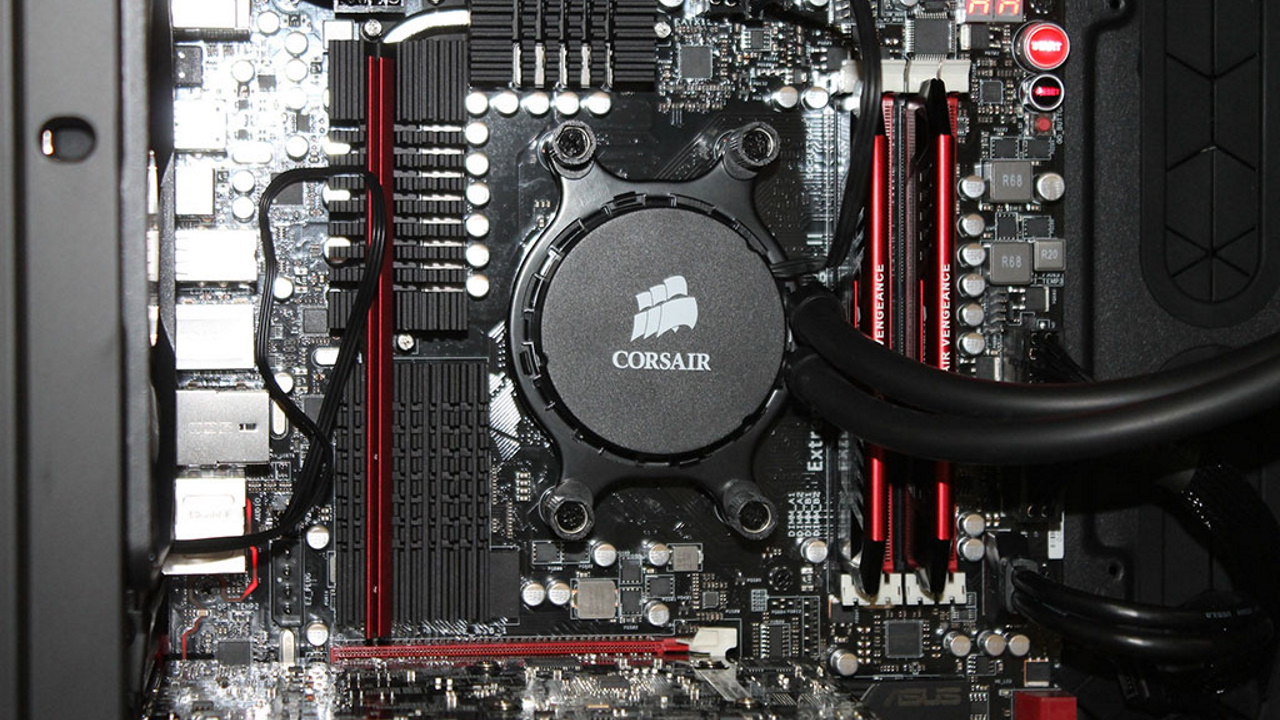
It's rare to end up with a defective CPU, but don't discount the possibility if your system of rules won't boot. We'll assume you didn't channel your inner Hulk and mash the Central processing unit into the socket when installing it, bending and breaking pins in the work on. So, what else could it be?
Information technology could embody that your CPU is overheating. One of the telltale signs that something is amiss is if your PC powers on in brief, and then abruptly turns off. It's possible that your CPU cooler is not making sufficient liaison with the processor, and that your Personal computer is turning off to forbid any damage. Alternatively, if you've got an AIO cooler, you Crataegus laevigata not have connected the power line for the heart—with the Lapp end result of an overheating CPU.
The first thing to tick off is the buff header. Make a point that your cooler's fan is blocked into the CPU fan header on your motherboard. This will beryllium somewhere adpressed to the CPU socket, and it should be clearly tagged. If that checks out, as does everything else ahead to this point, remove and reinstall the CPU cooler. For a brand new physique, you shouldn't need to uninfected and reapply the thermal spread, not unless you used too much or too little at the kickoff. Hopefully aside reseating the ice chest, information technology bequeath make proper contact with the CPU, finally allowing your PC additionally.
Source: https://www.pcgamer.com/5-reasons-your-new-pc-wont-boot/
Posted by: belangermopine.blogspot.com



0 Response to "5 reasons your new PC won’t boot | PC Gamer - belangermopine"
Post a Comment